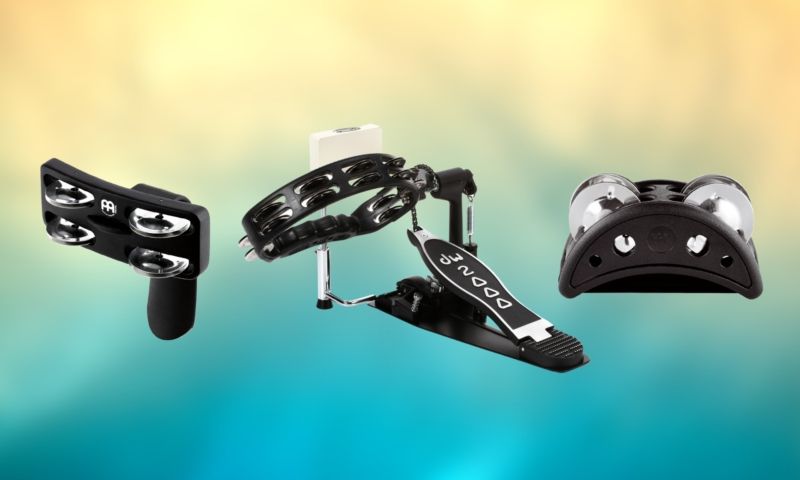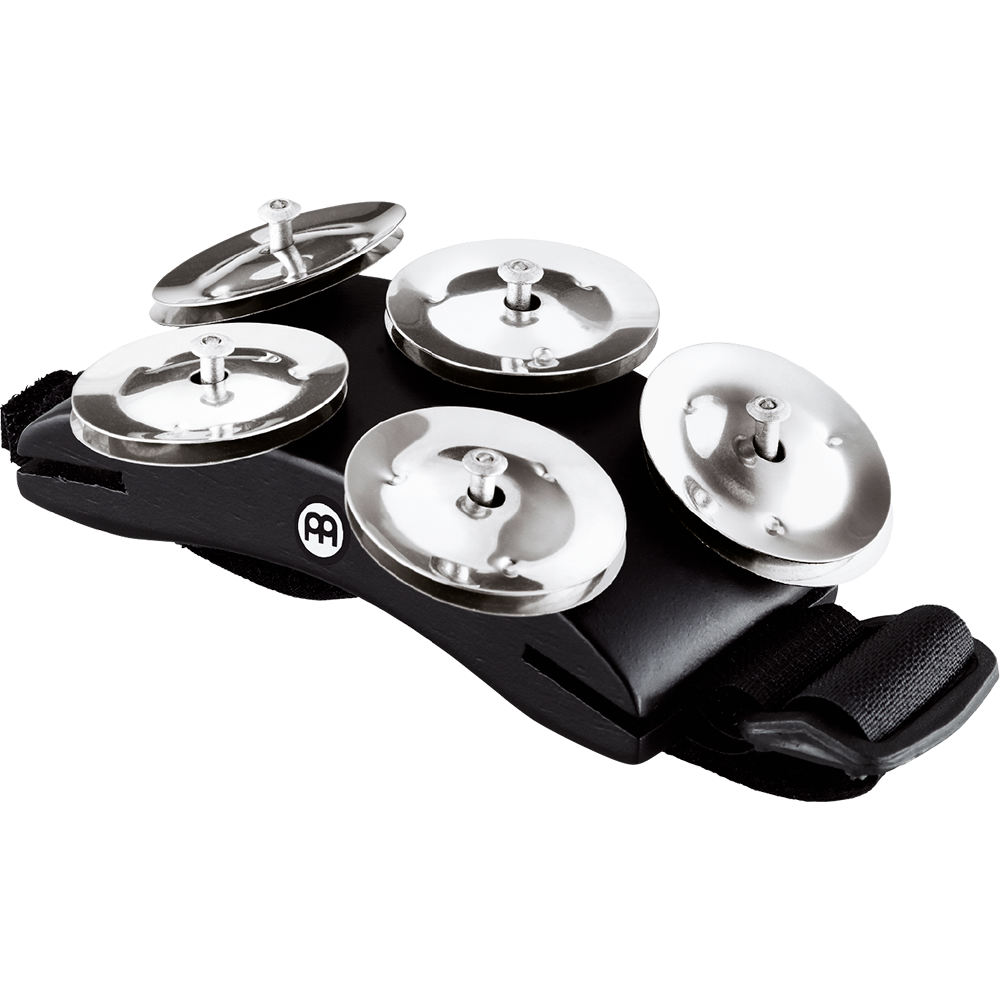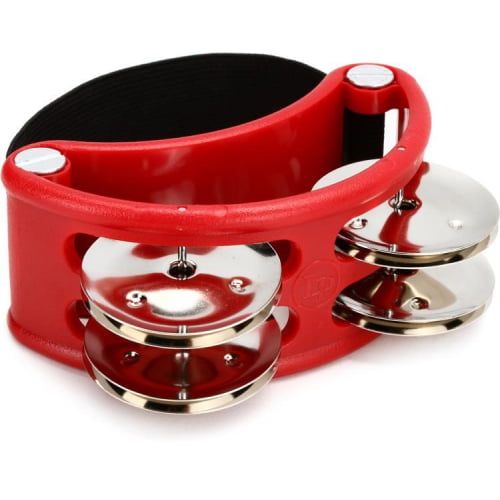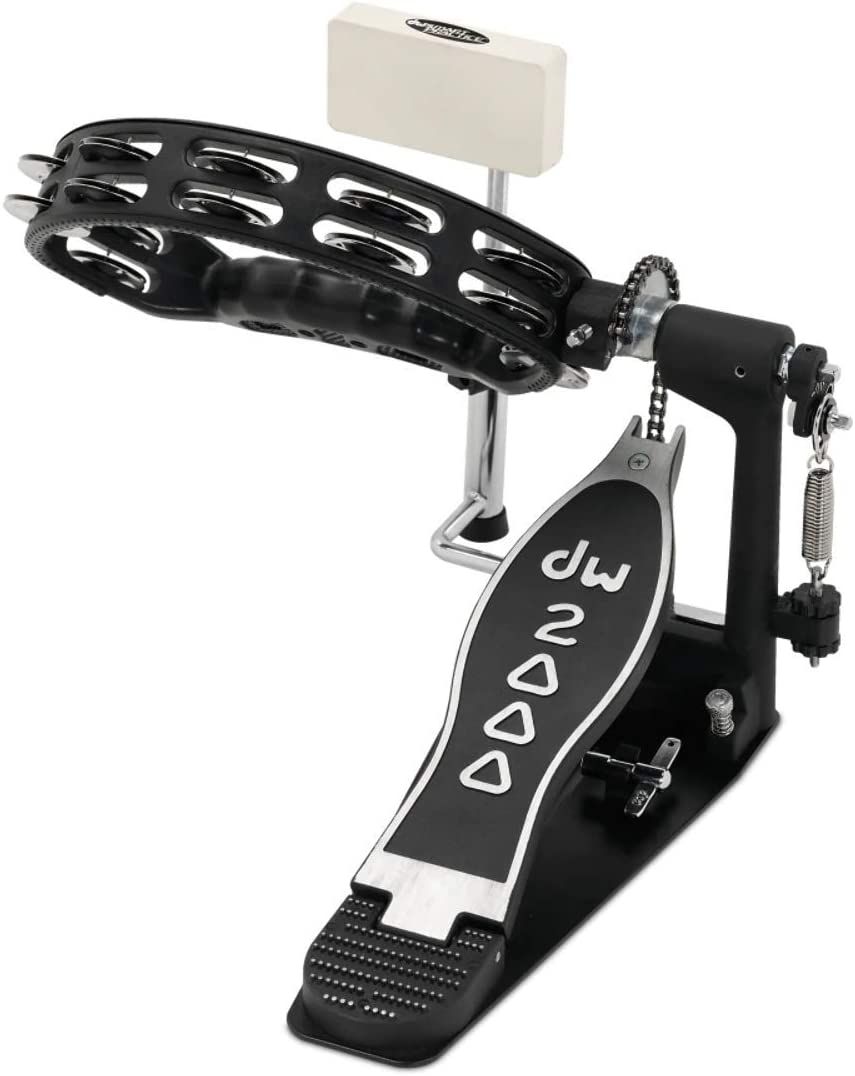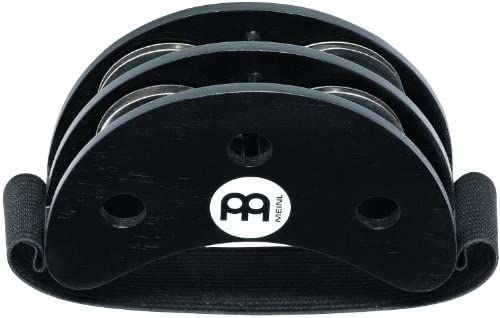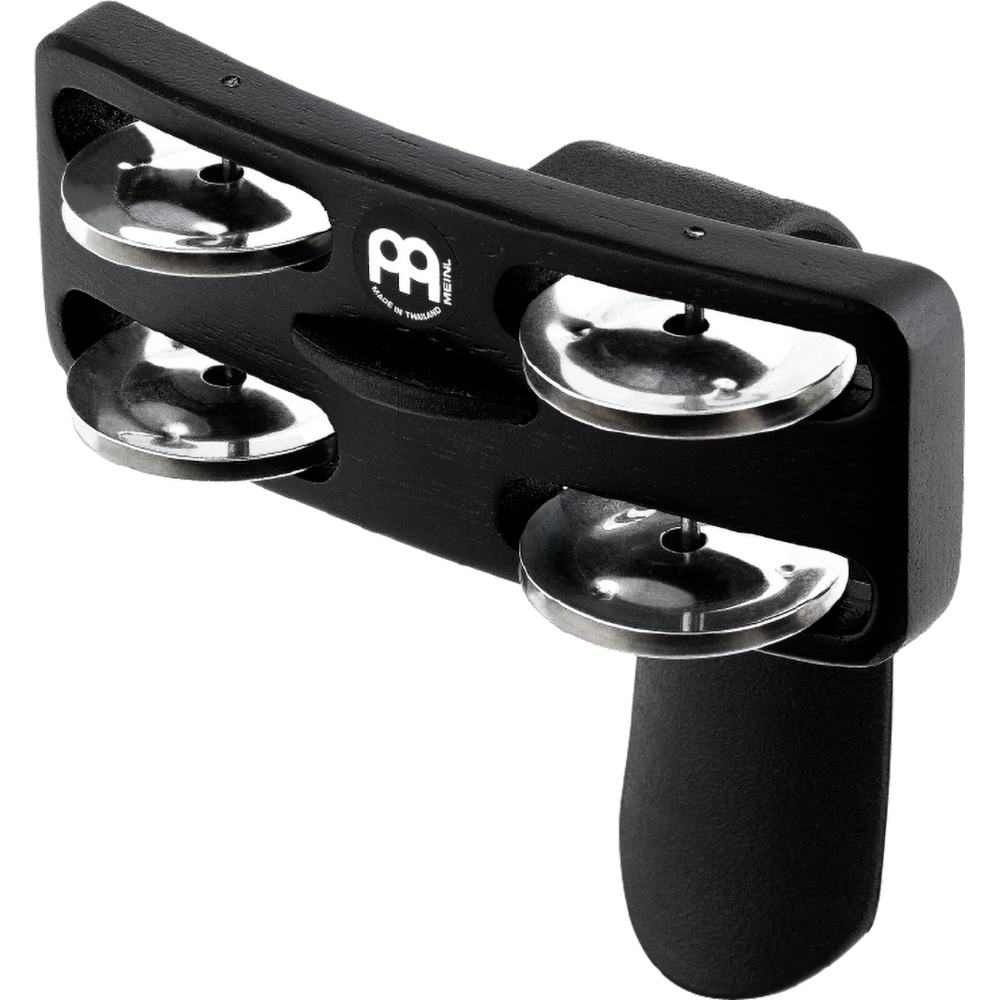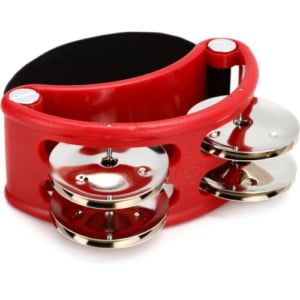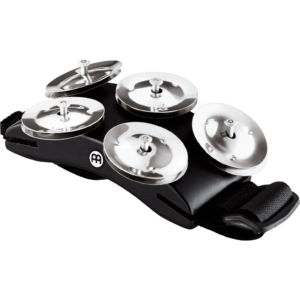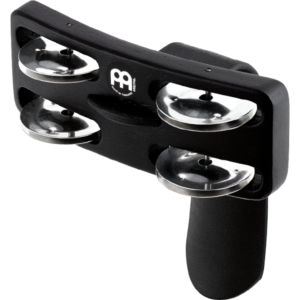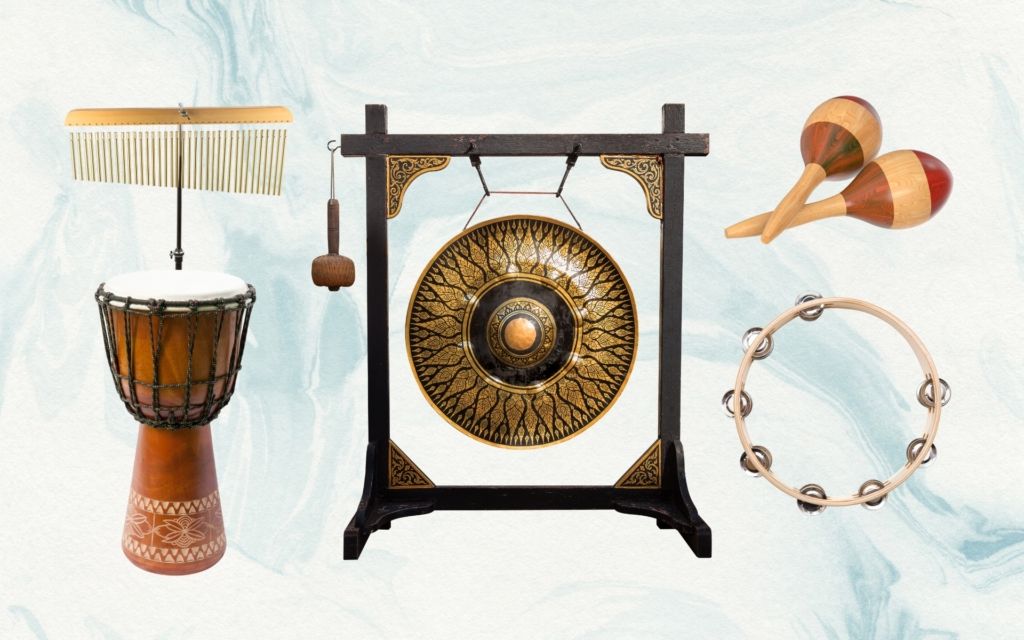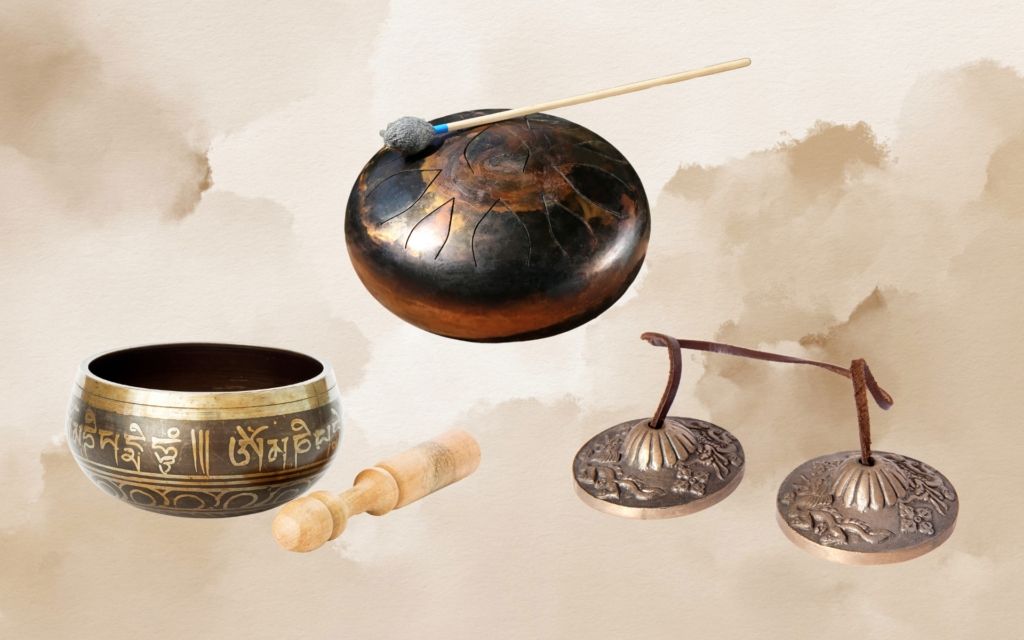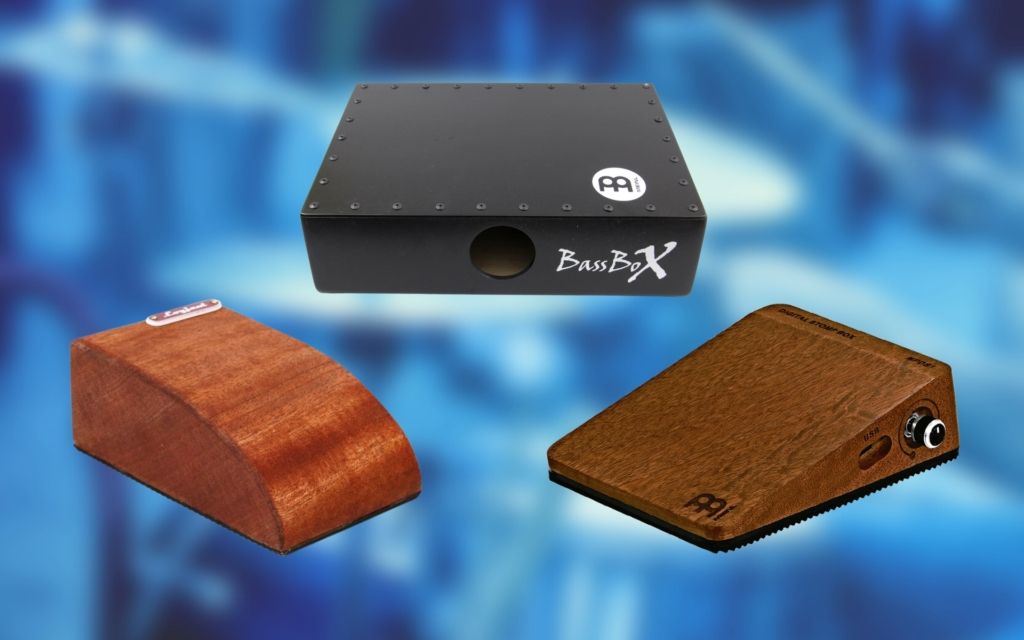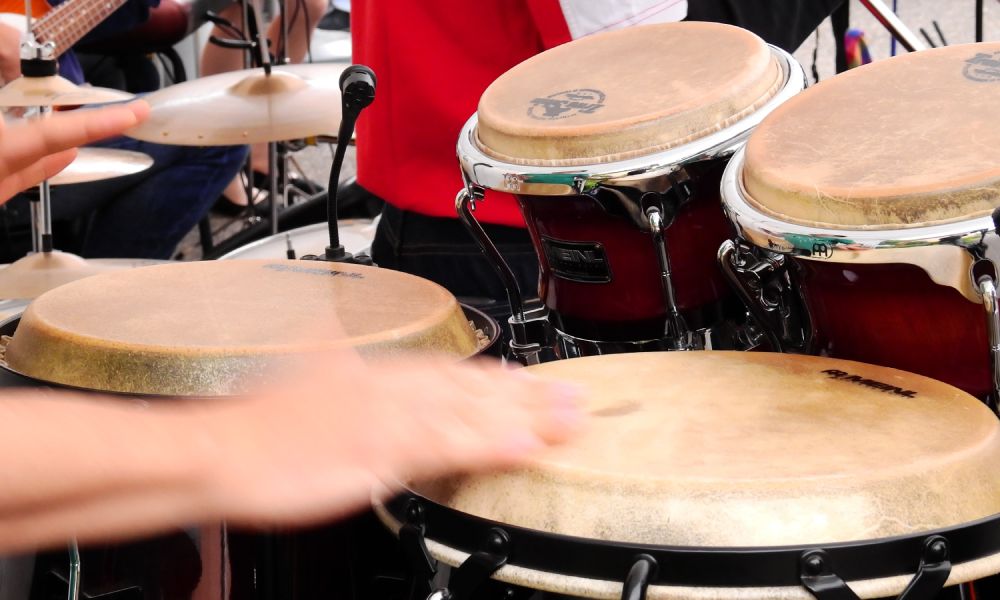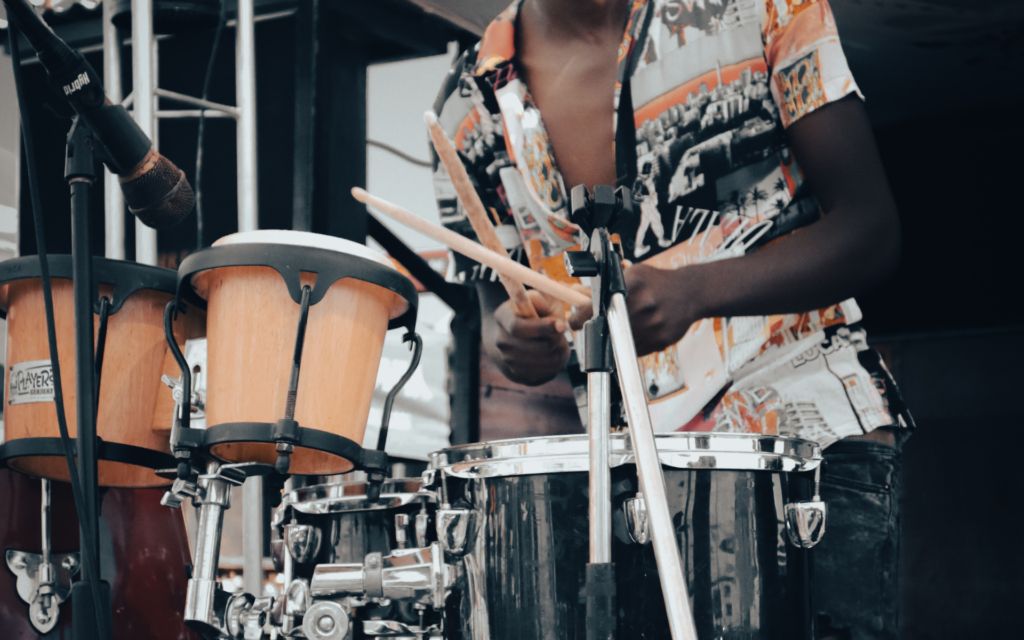I review products independently and only recommend products I would use myself. If you purchase through a link, I may earn an affiliate commission. Learn more.
Being a percussionist involves using all your limbs to create diverse sounds and interesting rhythms. Foot tambourines allow you to create the classic jingle sound while keeping your hands free to play other instruments.
Cajon players, acoustic guitarists, vocalists, or any other musicians can use a foot tambourine to make their performances more rhythmically interesting. Like all musical instruments, there is a lot of variation in the quality of foot tambourines.
In this guide, I’ve identified the best foot tambourines based on a series of tests. You can find the results in the reviews below, along with some useful information to help you choose the right option.
What are the Best Foot Tambourines?
How I Tested and Selected the Best Foot Tambourines
I’ve been playing percussion for small bar and restaurant sets for several years, and I’ve constantly tried to find good percussion instruments to elevate my setup sound.
Foot tambourines are a fantastic alternative to a pair of hi-hats, so I’ve often used one to add a bit of rhythm to our sets. While I own one of my own, I went out to a few music stores to try different options.
When testing these tambourines, I first looked at the design, as there are a few unique design elements across different options. I then looked at sound quality, comfort, and cost.
I assessed each tambourine’s design to ensure it securely attaches to your foot and remains stable during energetic playing.
I also evaluated the tambourine’s jingles and overall construction to ensure it produces a clear and vibrant tambourine sound that complements your drumming.
In-Depth Foot Tambourine Reviews
Latin Percussion LP188 Foot Tambourine
Latin Percussion LP188 Foot Tambourine Review
The winner of the best foot tambourine is this quality Latin Percussion Foot Tambourine – featuring a simple yet effective design that allows you to play the tambourine as you tap your foot in time with the music.
This tambourine connected to my shoe with a strong elastic band, and it felt very comfortable in place once it was secured.
It has four pairs of nickel-plated jingles that are held in place with LP’s patented system to allow it to produce sounds.
It’s a simple and great-sounding tool that adds some exciting foot percussion to your music! It’s perfect for performing live acoustic sessions if you are a cajon player or a guitarist.
This is the best foot tambourine on the market because it sounds great and it’s very easy to use!
Pros
- Simple and easy to use
- Durable ABS construction
- Great sound!
Cons
- None!
Meinl Percussion Cajon Foot Tambourine
Meinl Percussion Cajon Foot Tambourine Review
This Meinl Percussion Cajon Foot Tambourine is a fantastic kick tambourine that produces crisp and tight jingle sounds.
I particularly liked this model because the jingles were tight and very consistent sounding as I tapped my foot.
The jingles deliver precise and shimmering sounds with the five pairs of jingles that are mounted facing up. This means they don’t make jingle noises when you don’t want them to.
When listening to this Meinl foot tambourine I was really impressed with the sound and volume of it. Even though it’s lightweight and small, it sounded great and had a fast decay.
This Meinl foot tambourine allows you to play a range of dynamics and rhythms without worrying about jingles sounding out of time, because it has an accurate and smooth response.
Pros
- Flat facing jingles are easy to control and play
- Tight and consistent sounds
- 2 Year guarantee against defects
Cons
- Had some issues with build quality
Meinl Percussion Foot Tambourine
Meinl Percussion Foot Tambourine Review
The Meinl Percussion Foot Tambourine features a similar, simple design to the LP foot tambourine. It features four pairs of jingles that offer bright sounds.
While all these tambourines have simple designs, this one had the simplest in my eyes, and that just made it seem very reliable when I played with it for a while.
It’s a lightweight, easy to use and affordable kick tambourine that easily attaches to your shoe to allow you to add percussive flavor to any acoustic performance.
Cajon players, guitar players and vocalists will find this foot tambourine really helpful and it will add some rhythm to your music.
Pros
- Bright and crisp sounds
- Simple and effective foot tambourine
- 2 Year guarantee against defects
Cons
- Sound of the jingles is a little harsh
Meinl Percussion Heel Tambourine
Meinl Percussion Heel Tambourine Review
Up next for review, we have another Meinl foot tambourine – and this features a shoehorn design that comfortably fits in behind your heel whilst you play.
I was surprised by how practical and efficient this design was, and it felt a lot more comfortable to use than most of the other options I tried.
It’s super easy to take on and off and it’s very responsive to the dynamics of how you play with your heel.
The Meinl Percussion Heel Tambourine is equipped with four pairs of steel jingles that deliver clean and bright sounds as you tap your heel. The jingles are light and they react well to the different nuances of your playing.
Overall this is definitely one of the easiest and comfortable kick tambourines to play with on the market. It sounds great, it’s simple to use and it’s perfect for drummers playing the cajon or any other musician looking to add hands-free rhythms!
Pros
- Easily fits in your shoe like a shoehorn
- Bright and full sound
- Durable unit
Cons
- Some difficulty staying in the shoe
DW 2000 Series Foot Tambourine Pedal
DW 2000 Series Foot Tambourine Pedal Review
Lastly, we have the DW 2000 Series Foot Tambourine Pedal and this is a really cool product. It utilizes a pedal mechanism that moves the tambourine and strikes it against the smart practice pad, allowing you to play a hand tambourine with your foot.
This is a more expensive foot tambourine than the others in this guide because it’s a pedal plus a tambourine in one. It includes the pedal hub, tambourine, and a stationary smart pad beater.
The DW 2000 pedal felt incredibly solid and responsive, and I definitely felt as though this was the most durable option available.
It’s a lot of fun to play behind the drum set, positioning this beside your hi hat pedal means you can explore more rhythmic sounds using your feet.
My main gripe I have with this foot tambourine is the jingles after striking the pad. After a single hit, the jingles still continue to ring as the tambourine returns to its original position afterward.
If it wasn’t for this, it would be a really great design. Unfortunately, this lets it down somewhat if you want to play this on the 2 and 4 beats of the bar, hoping for a clean hit.
Nonetheless, this foot tambourine has the strong build quality you can expect from DW and it also has the additional benefit of being able to take the tambourine off and play it with your hands!
Pros
- Ideal for drum set playing
- Designed by drummer Greg Bissonette
- Can convert into a kick drum pedal
Cons
- Expensive foot tambourine!
- Difficult to play for single beats - works best in a continual motion
Foot Tambourines Buying Guide
As is the case with any instrument, choosing a foot tambourine is largely based on personal preference. You need to ensure that you choose one that is well suited to your musical style, and the purpose that you intend to use it for.
For such a simple instrument, foot tambourines can make a huge difference to your live performances. They’re ideal for adding simple rhythms to accompany acoustic instruments or vocals.
The advantage of using them over handheld tambourines, is that although they lack the volume, they allow you to use your other limbs to play other instruments. Acoustic guitarists, cajon players, and any other musicians can benefit from using one.
They are also ideal for performing solo on stage or in the studio, or even busking. They sound just like a regular tambourine and they are even simpler to use.
Let’s get into the things you need to consider when choosing a foot tambourine.
Things to Consider When Buying Foot Tambourines
Number of jingles
Foot tambourines produce a sound when metal jingles, or “zills” as they are also commonly called, are moved. The jingles touch one another, creating the classic bright sound of a tambourine. The more jingles are installed on the foot tambourine, the more volume it is likely to produce.
Materials
Durability is an important quality of foot tambourines, as they are constantly absorbing the weight of the musician’s foot. Plastic options may be cheaper, but unless they’re heavy duty they may be more liable to break than metal or wooden options.
Adjustable fits
It’s essential to check that the foot tambourine you choose will fit comfortably over your shoe. Most of these tambourines are adjustable in size, but some may be designed with a universal size.
What Features to Look for in Foot Tambourines
Ergonomic Design
If the foot tambourine you choose doesn’t fit well, all of its other attributes will be irrelevant. There are several different ergonomic designs used by manufacturers to ensure that their foot tambourines are suitable for the majority of people.
The most reliable form of attachment is an elastic fixing system. The elastic material can be stretched over your foot or shoe, and then it automatically provides adequate tension when you release it.
Other foot tambourines may have an adjustable strap that you can manually tighten or loosen to suit the size of your shoes and feet.
Another popular design is the shoehorn style foot tambourine. This instrument is slotted inside your shoe, so that when you move your foot up and down the jingles make a sound.
Jingle Materials & Quantity
The best foot tambourines have jingles made from metal which are often nickel plated. This ensures a bright, clear sound, and produces a considerable maximum volume.
If you want to produce a loud sound from your foot tambourine, it’s a good idea to look for one with more jingles.
Four pairs of jingles is the standard design for foot tambourines due to their reduced size compared to handheld tambourines. Some may include five or six pairs of jingles, often assembled in two rows.
Foot Tambourines FAQs
Are Foot Tambourines Good for Cajon Players?
The cajon is a popular acoustic percussion instrument that is played with both hands. This makes it an excellent instrument to use with a foot tambourine, as your feet are free to play another instrument.
You can use the foot tambourine to highlight certain rhythms played on the cajon, and the frequency responses of both instruments blend very nicely.
What are Foot Tambourines Made From?
Foot tambourines are made from a combination of either hardwood or plastic for the frame, metal for the jingles, and elastic or another fabric for the strap. Some people prefer wooden foot tambourines because they tend to look more natural than plastic equivalents.

